-
Definition
-
Scope of the Study
- Research Objective
- Assumptions
- Limitations
-
Introduction
-
Primary Research
-
Secondary research
-
Market Size Estimation
-
Drivers
-
Restrains
-
Opportunities
-
Challenges
-
Macroeconomic Indicators
-
Technology Trends & Assessment
-
Porter’s Five Forces Analysis
- Bargaining Power of Suppliers
- Bargaining Power of Buyers
- Threat of New Entrants
- Threat of Substitutes
- Intensity of Rivalry
-
Value Chain Analysis
-
Investment Feasibility Analysis
-
Pricing Analysis
-
Chapter 6. Global Acute Care EHR Market, by Deployment
-
Introduction
-
On-Premises based
-
Market Estimates & Forecast, 2020 – 2027
-
Web-based
-
Market Estimates & Forecast, 2020 – 2027
-
Chapter 7. Global Acute Care EHR Market, by Application
-
Introduction
-
Personal Care
-
Market Estimates & Forecast, 2020 – 2027
-
Pharmaceuticals
-
Market Estimates & Forecast, 2020 – 2027
-
Others
-
Market Estimates & Forecast, 2020 – 2027
-
Chapter 8. Global Acute Care EHR Market, by End User
-
Introduction
-
Hospitals
-
Market Estimates & Forecast, 2020 – 2027
-
Ambulatory Care
-
Market Estimates & Forecast, 2020 – 2027
-
Others
-
Chapter 9. Global Acute Care EHR Market, by Region
-
Introduction
-
America
- North America
- South America
-
Europe
- Western Europe
- Eastern Europe
-
Asia Pacific
- Japan
- China
- India
- Australia
- The Republic of Korea
- Rest of Asia Pacific
-
The Middle East & Africa
- United Arab Emirates
- Saudi Arabia
- Oman
- Kuwait
- Qatar
- Rest of the Middle East & Africa
-
Chapter 10 Company Landscape
-
Introduction
-
Market Share Analysis
-
Key Development & Strategies
- Key Developments
-
Chapter 11 Company Profiles
-
Cerner Corporation
- Company Overview
- Product Overview
- Financials
- SWOT Analysis
-
Allscript
- Company Overview
- Product Overview
- Financial Overview
- Key Developments
- SWOT Analysis
-
Healthland
- Company Overview
- Product Overview
- Financial Overview
- Key Development
- SWOT Analysis
-
Medhost
- Company Overview
- Product/Business Segment Overview
- Financial Overview
- Key Development
- SWOT Analysis
-
McKesson Corporation
- Company Overview
- Product Overview
- Financial overview
- Key Developments
-
Evident
- Company Overview
- Product Overview
- Financial Overview
- Key Developments
-
General Electric Company
- Overview
- Product Overview
- Financials
- Key Developments
- SWOT Analysis
-
Others
-
Chapter 12 MRFR Conclusion
-
Key Findings
- From CEO’s View Point
- Unmet Needs of the Market
-
Key Companies to Watch
-
Prediction of Pharmaceutical Industry
-
Chapter 13 Appendix
-
DATA TABLES
-
Acute Care EHR Industry Synopsis, 2020 – 2027
-
Global Acute Care EHR Market Estimates and Forecast, 2020 – 2027, (USD Million)
-
Global Acute Care EHR Market by Region, 2020 – 2027, (USD Million)
-
Global Acute Care EHR Market by Deployments, 2020 – 2027, (USD Million)
-
Global Acute Care EHR Market by Application, 2020 – 2027, (USD Million)
-
Global Acute Care EHR Market by End Users, 2020 – 2027, (USD Million)
-
North America Acute Care EHR Market by Deployments, 2020 – 2027, (USD Million)
-
North America Acute Care EHR Market by Application, 2020 – 2027, (USD Million)
-
North America Acute Care EHR Market by End Users, 2020 – 2027, (USD Million)
-
US Market by Deployments, 2020 – 2027, (USD Million)
-
US Acute Care EHR Market by Application, 2020 – 2027, (USD Million)
-
US Acute Care EHR Market by End Users, 2020 – 2027, (USD Million)
-
Canada Market by Deployments, 2020 – 2027, (USD Million)
-
Canada Acute Care EHR Market by Application, 2020 – 2027, (USD Million)
-
Canada Acute Care EHR Market by End Users, 2020 – 2027, (USD Million)
-
South America Market by Deployments, 2020 – 2027, (USD Million)
-
South America Acute Care EHR Market by Application, 2020 – 2027, (USD Million)
-
South America Acute Care EHR Market by End Users, 2020 – 2027, (USD Million)
-
Europe Market by Deployments, 2020 – 2027, (USD Million)
-
Europe Acute Care EHR Market by Application, 2020 – 2027, (USD Million)
-
Europe Acute Care EHR Market by End Users, 2020 – 2027, (USD Million)
-
Western Europe Market by Deployments, 2020 – 2027, (USD Million)
-
Western Europe Acute Care EHR Market by Application, 2020 – 2027, (USD Million)
-
Western Europe Acute Care EHR Market by End Users, 2020 – 2027, (USD Million)
-
Eastern Europe Market by Deployments, 2020 – 2027, (USD Million)
-
Eastern Europe Acute Care EHR Market by Application, 2020 – 2027, (USD Million)
-
Eastern Europe Acute Care EHR Market by End Users, 2020 – 2027, (USD Million)
-
Asia Pacific Market by Deployments, 2020 – 2027, (USD Million)
-
Asia Pacific Acute Care EHR Market by Application, 2020 – 2027, (USD Million)
-
Asia Pacific Acute Care EHR Market by End Users, 2020 – 2027, (USD Million)
-
Middle East & Africa Market by Deployments, 2020 – 2027, (USD Million)
-
Middle East & Africa Acute Care EHR Market by Application, 2020 – 2027, (USD Million)
-
Middle East & Africa Acute Care EHR Market by End Users, 2020 – 2027, (USD Million)
-
LIST OF FIGURES
-
Research Process
-
Segmentation for Global Acute Care EHR Market
-
Segmentation Market Dynamics for Global Acute Care EHR Market
-
Global Acute Care EHR market Share, by Deployment 2020
-
Global Acute Care EHR market Share, by Application 2020
-
Global Acute Care EHR Market Share, by End Users, 2020
-
Global Acute Care EHR Market Share, by Region, 2020
-
North America Acute Care EHR Market Share, by Country, 2020
-
Europe Acute Care EHR Market Share, by Country, 2020
-
Asia Pacific Acute Care EHR Market Share, by Country, 2020
-
Middle East & Africa Acute Care EHR Market Share, by Country, 2020
-
Global Acute Care EHR Market: Company Share Analysis, 2020 (%)
-
Cerner Corporation: Key Financials
-
Cerner Corporation: Segmental Revenue
-
Cerner Corporation: Geographical Revenue
-
Allscript: Key Financials
-
Allscript: Segmental Revenue
-
Allscript: Geographical Revenue
-
Healthland: Key Financials
-
Healthland: Segmental Revenue
-
Healthland: Geographical Revenue
-
Medhost: Key Financials
-
Medhost: Segmental Revenue
-
Medhost: Geographical Revenue
-
McKesson Corporation: Key Financials
-
McKesson Corporation: Segmental Revenue
-
McKesson Corporation: Geographical Revenue
-
Evident: Key Financials
-
Evident: Segmental Revenue
-
Evident: Geographical Revenue
-
General Electric Company: Key Financials
-
General Electric Company: Segmental Revenue
-
General Electric Company: Geographical Revenue
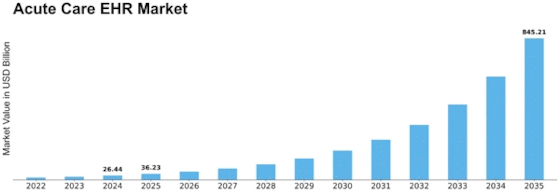

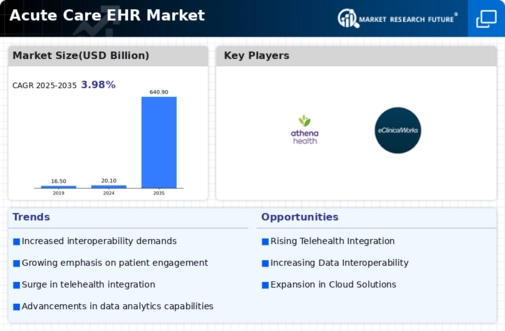


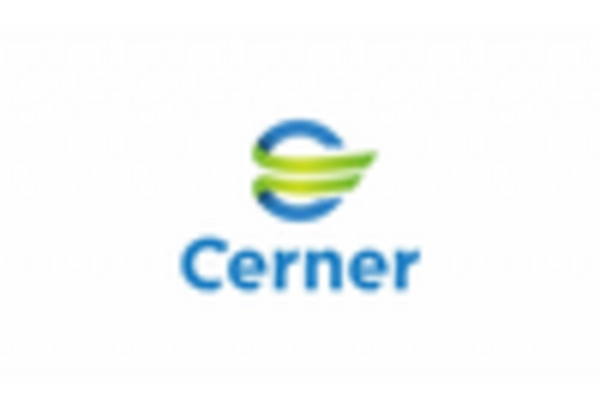
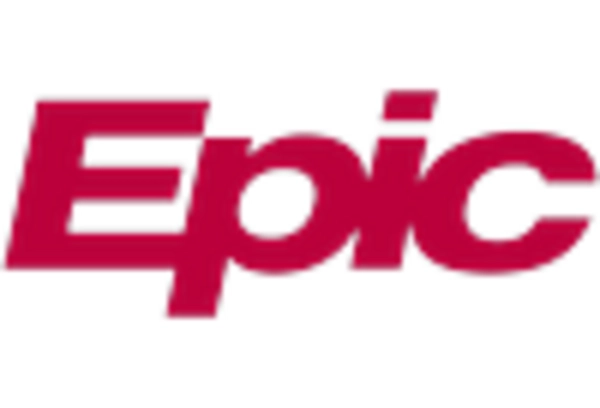

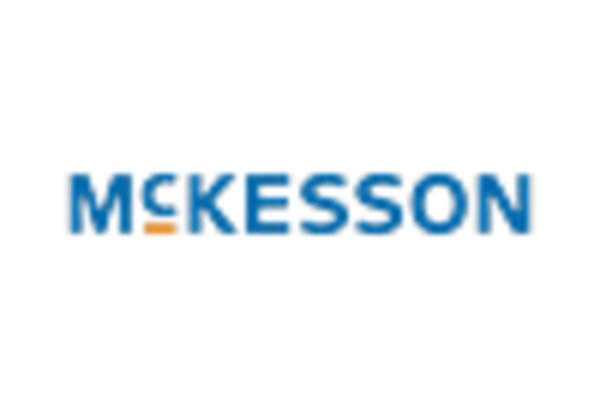

Leave a Comment